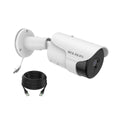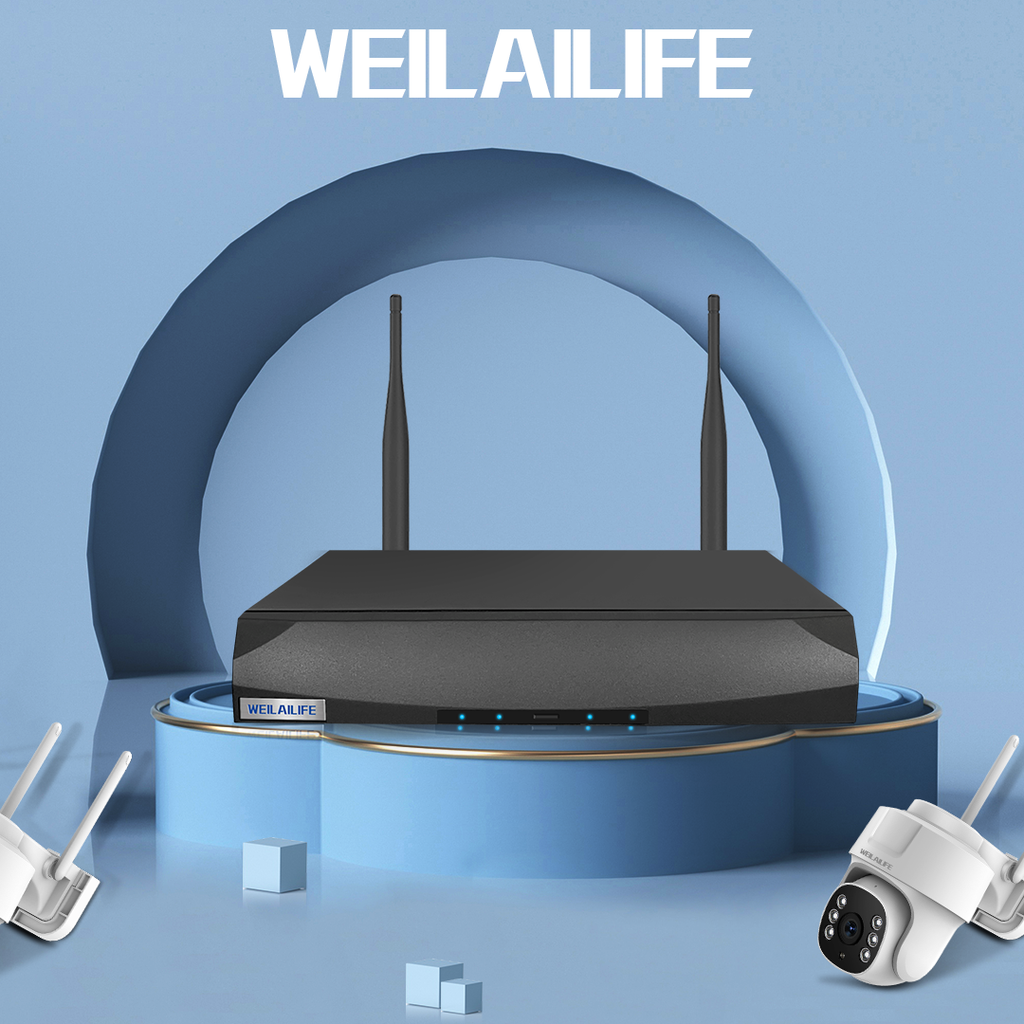Diverse Power Supply Methods for Surveillance Cameras and Their Distinctions
In the realm of video surveillance projects, the careful consideration of the power supply methods for cameras takes on a pivotal role. Selecting the most suitable power supply method not only ensures optimal monitoring outcomes but also maximizes cost-effectiveness. To truly comprehend this, let's delve into the various power supply methods that are commonly utilized in video surveillance projects.
**1. Centralized Power Supply**
Centralized power supply refers to the installation of power source equipment in an electrical room or battery room, distributing communication power to various communication devices after undergoing a unified transformation.
The advantages of centralized power supply encompass centralized control and the management of power supply solutions, a reduction in the use of engineering cables, and the streamlined aesthetics of cable routing. Nonetheless, it is of paramount importance to ascertain that the total capacity of centralized power supply equipment surpasses the aggregate capacities of downstream loads. Moreover, one must also factor in that the cable diameter of upstream cables should adhere to the current requirements of all downstream loads.
The centralized power supply method involves the connection of a 12V centralized power supply to the 220V power source, followed by the utilization of 2x1.0 red-black power cables to establish connections with the cameras. It is crucial to ensure that the distance for the 12V power supply does not exceed 100 meters. Subsequently, a single power cable connector is affixed, followed by its connection to the camera's power connector. This method hinges on the centralization of power supply, occurring either within the monitoring room or at an intermediate juncture through a 12V switch power supply directed towards the front-end load.
**Pros:** The construction process is expedient, maintenance is straightforward, and there is centralized control and management.
**Cons:** The transmission of low-voltage direct current over long distances results in significant voltage loss and impairs the anti-interference capability.
**2. Point-to-Point Power Supply**
The point-to-point power supply entails the direct extraction of 220V AC power from the monitoring room, followed by the installation of a distinct DC12V power source in close proximity to the camera. This power source is subsequently connected to the surveillance camera, and the installation of the bracket is then carried out.
**Pros:** Minimal voltage loss during the transmission of 220V AC power and a robust anti-interference capability.
**Cons:** Each focal point necessitates the installation of a separate power source, culminating in a complex construction process.
**3. PoE (Power over Ethernet) Power Supply**
The PoE power supply denotes the technology that facilitates the provisioning of direct current power to other devices without necessitating any modifications to the prevailing Ethernet Cat.5 cabling infrastructure. This methodology predominates in high-definition network digital surveillance systems.
**Pros:** A reduction in costs, the flexibility of deployment, and the potential for a maximum power of up to 30W per port.
**Cons:** Imposing high demands on cable quality and constraining the transmission distance.
**Considerations:**
- For infrared cameras, the centralized power supply method is discouraged due to the substantial current required when activating the infrared function, which could compromise the infrared effects.
- The point-to-point power supply conserves wiring while possibly posing challenges in terms of post-sales maintenance and repair.
- The centralized power supply is amenable to easy maintenance and less susceptible to prolonged issues, yet it does not economize on cable material.
- When faced with numerous cameras and power supply distances within the 100-meter threshold, the PoE power supply is an advisable option, given its convenience. However, a judicious selection of PoE power supply equipment is pivotal.
Ultimately, the selection of the power supply method hinges on project particulars and priorities. At WEILAILIFE, our emphasis rests on adaptable solutions catering to diverse needs, thereby ensuring an optimal amalgamation of efficiency, efficacy, and economy across various surveillance camera power supply methodologies.
Sample Block Quote
Nam tempus turpis at metus scelerisque placerat nulla deumantos sollicitudin delos felis. Pellentesque diam dolor an elementum et lobortis at mollis ut risus. Curabitur semper sagittis mino de condimentum.









